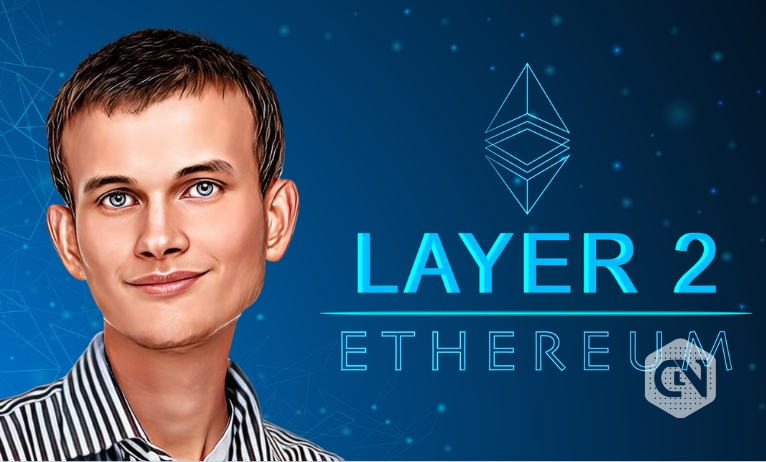Vitalik has shared his opinion on the types of L2s that one can read through for a better understanding of their operation. Plus, it helps to categorize projects while potentially laying down the roadmap for Bitcoin, a network whose token is way above $30k, as the article is being drafted.
Analysis of the blog post published by Vitalik on L2s broadly claims heterogeneity in the segment. Meaning there is a scope for a broader spectrum of L2s, especially when it comes to trade-offs. In other words, L2s can be distinguished simply based on their basic characteristics.
Elements involved in categorizing L2s are their speed, cost, and security. L2s serve an ideal purpose by granting the liberty to projects to go for a customized set of elements. Some of them can choose to have better security but lower speed, as a single example. This can be explained by using the gaming/social media segment. Platforms there would instead want to stand decentralized rather than go for the highest form of security.
It does reflect a complete ignorance of the security aspect. It just goes on to state that security would be sufficient and sufficient per the needs of a platform and its users.
Customizing elements per the requirement has been roughly termed a blockchain trilemma. This is a concept that Vitalik himself has coined. Three types of L2s are Rollups, Validium, and Disconnected. Vitalik has stated that this is a gradient and not necessarily a discrete categorization. Some L2s may fall between either two or three of them. Their distinction is based on technology properties, security guarantees, and costs.
Disconnected is, by far, proven to be the most economical option. Or the most cheaper option out of all of them. It requires the community to trust a group of people to receive rewards later. Trust has to be established on the factor that the group will not steal the funds or keys of the users. A separate chain or server backs its technology properties.
Rollups, or zkRollups, enable users to return their assets to L1. Computation on the network is proved using Fraud Proofs. Thereby making it expensive, further fueled by data available on L1 and the generation of expensive proofs in a bigger size.
Validiums cost less than Rollups since the off-chain data is stored at a different place, and the proof is stored on L1. They are a step down from Rollups; however, they can add trust assumption of off-chain data storage. It has a drawback, which puts a user’s assets at risk. Losing the off-chain data means users lose access to their assets. This has been highlighted as not a theft, only a loss.
What makes L2s likely to move forward is their connectedness with L1. This is expected to be done with the security of withdrawing to Ethereum and the security of reading Ethereum. All of it helps Bitcoin by allowing the community to categorize its large number of layers, further explaining why so many layers are being built on Bitcoin.

